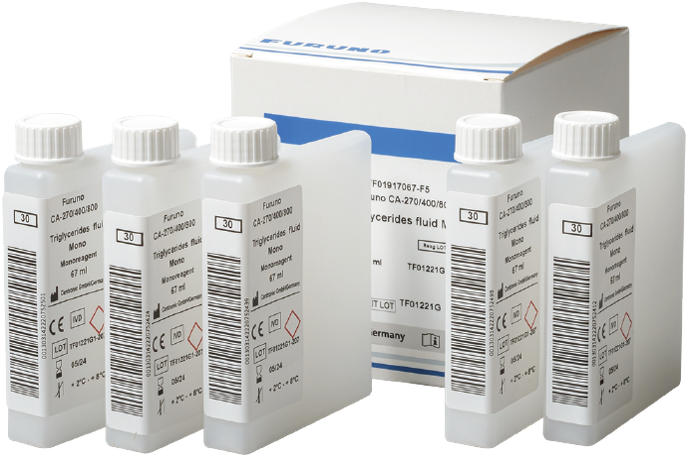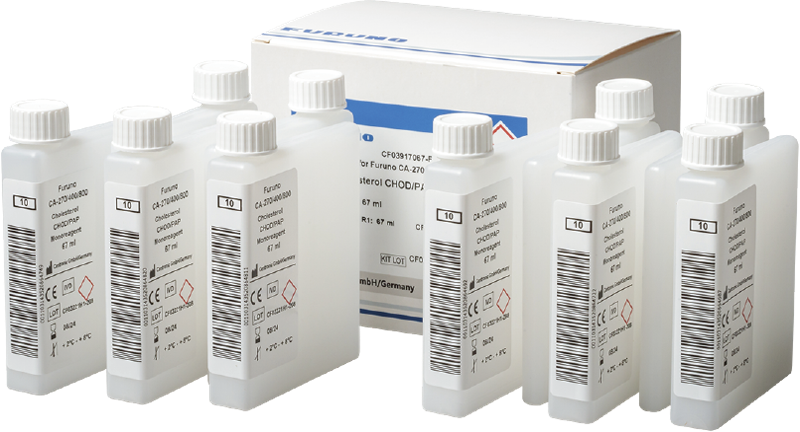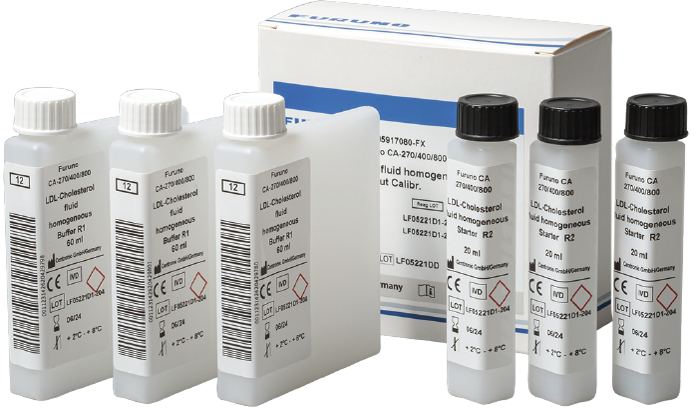Academic Materials
Relationship between Dyslipidemia and Cholesterol
What is dyslipidemia?
Dyslipidemia is a medical condition characterized by an abnormal amount of lipids, such as cholesterol, high-density lipoprotein cholesterol(HDL-C), low-density lipoprotein cholesterol (LDL-C), and triglycerides, in the blood.
Although dyslipidemia doesn’t have obvious symptoms, it can lead to arteriosclerosis, which can turn into a stroke, cardiovascular disease(CVD) and other death-causing diseases.
LDL-C causes clogged arteries

Risk of Increased LDL-C
High levels of LDL-C can cause plaque to build up in the arteries, which can clog the arteries and decrease blood flow to the heart and brain, increasing the risk of death. Reduction of LDL-C level is the major therapeutic target in clinical practice and current guidelines focus on it.
In fact, there are many studies reporting correlations between ischemic heart disease or ischemic stroke and LDL-C.

Rates of ischemic heart disease and ischemic stroke in cardio vascular disease *
In fact, cardiovascular disease is the leading cause of death worldwide, ischemic heart disease and ischemic stroke, mainly caused by high LDL-C levels, account for a large proportion.

Evaluation Method for LDL-C
Friedewald Equation
The clinical management of patients at risk for cardiovascular disease (CVD) is critically dependent on their levels of LDL-C.
Friedewald Equation, developed in 1972, is still widely used method for estimating LDL-C levels.
(CHO : total cholesterol, TG : triglyceride)
However, it has been known to have some weaknesses.
Disadvantages of Friedewald Equation
- Not available for postprandial specimens
- Not accurate when triglyceride level is ≥400 mg/dL
- Tend to underestimate, especially at low LDL-C levels
Direct measurement is recommended for LDL-C
Dyslipidemia and cholesterol value can be effectively managed through lifestyle modifications, medications, and regular monitoring. Regular screenings allow for early detection and intervention.
Direct measurement of LDL-C is more accurate than the Friedewald equation, especially in patients with high triglyceride levels or at low LDL-C levels.
Advantages of direct measurement
- No need for fasting (No burden to the patient)
- Better precision
Therefore, if a patient has high TG or is undergoing aggressive treatment, direct measurement of LDL-C is recommended instead of calculation.
Reagent Package Information
FURUNO has the necessary items for cholesterol management.
With dedicated analyzer and reagents, FURUNO provides reliable values and support!
| Product Name | Product No. | FURUNO Analyzer | Configuration | |
|---|---|---|---|---|
| R1 | R2 | |||
|
|
CF03917067-F5 | CA-270 CA-400 CA-800 |
5 × 67 mL | - |
| CF03917067-F | 10 x 67 mL | - | ||
| CF03917067-F4 | 4 × 20 mL | - | ||
| CF03917067-F16 | 16 × 20 mL | - | ||
|
|
CF04917080-F0X | CA-270 CA-400 CA-800 |
2 × 30 mL | 2 × 10 mL |
| CF04917080-F2X | 2 × 60 mL | 2 × 20 mL | ||
| CF04917080-FX | 6 × 60 mL | 6 × 20 mL | ||
|
|
LF05917040-FX | CA-270 CA-400 CA-800 |
3 × 30 mL | 3 × 11 mL |
| LF05917080-FX | 3 × 60 mL | 3 × 20 mL | ||
|
|
TF01917067-F5 | CA-270 CA-400 CA-800 |
5 × 67 mL | - |
| TF01917067-F | 10 × 67 mL | - | ||
| TF01917067-F4 | 4 × 20 mL | - | ||
| TF01917067-F16 | 16 × 20 mL | - | ||
Reagents are manufactured by Centronic GmbH certified according to ISO13485.
FURUNO Analyzers
-

Clinical Chemistry Analyzer Model CA-800
800 tests/hour throughput capability (maximum 1200 tests/hour with ISE). Fully direct automatic HbA1c measurement without manual sample pretreatment.
Optional rack system available for place and go sample process. -

Clinical Chemistry Analyzer Model CA-400
Mid-range throughput (400 tests/hour, 560 tests/hour with ISE).
Main instrument for midsize workload laboratory or backup unit for high workload laboratory. -

Clinical Chemistry Analyzer Model CA-270
Compact desk-top instrument with 270 tests/hour (maximum 450 tests/hour with ISE).
Functionality of a high throughput instrument in compact desktop form ideal in any type of laboratory.




